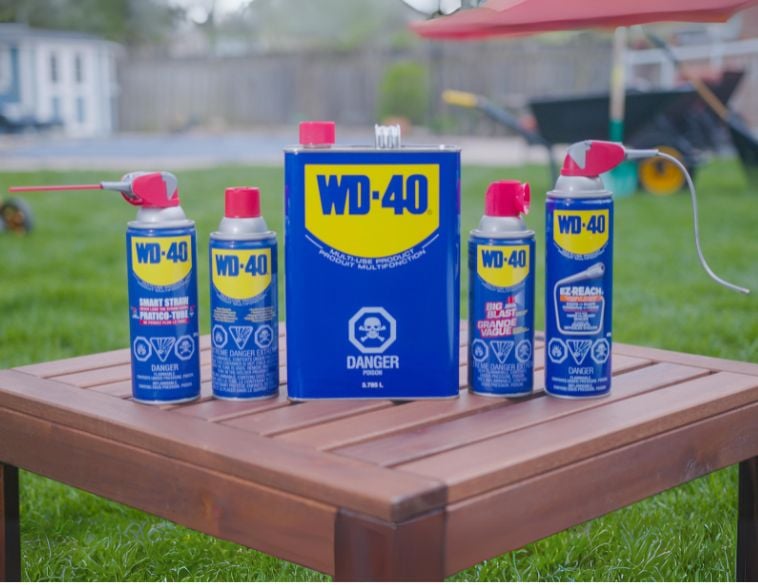A Honda Civic gasoline/electric model was running rough with unusually high compression.
This car presented an unusual challenge for us. The 1.3-litre, 4-cylinder engine in this 2006 Honda Civic combines variable valve lift, cylinder deactivation and a Hybrid drive system. The customer complained of a lack of power, a rough running engine and the Check Engine light was on.
Obviously, the first step was to scan the Engine ECU for codes. We retrieved the following codes. P0300, P0301, P0302, P0303, P0304 which are all misfire codes. In addition, there was a P1024 (valve pause system stuck on).
Valve Pause issue
Based on the codes, there appears to be a problem with the Valve Pause system. This could have been the cause of the misfires but it might be something else as well. To determine if we had a problem with the Valve Pause system, we would have to do a little digging. First step would be to figure out how the system works and then decide the best way to test it.
The engine was misfiring when we performed our testing. We did the usual tests first that would normally be associated with a misfire, such as testing for injector pulse, spark and compression. This is a typical approach when dealing with misfires and usually identifies the problem as most misfires are either spark or fuel related. In this case, we found a weak spark on cylinder #2 and replaced the coil for good measure. With the new coil installed not much changed. At this point we decided to focus on the engine’s mechanical condition. A relative compression test revealed that one of the cylinders had an unusual compression signature. A quick check of the misfire counters indicated that cylinder #3 was showing the most misfires so we focused our diagnosis here.
We decided to use an in-cylinder pressure transducer and performed tests on cylinders #2 and #3. The engine was held at 1,000 rpm for the test to make the engine run smoother. We used cylinder #2 as our known good cylinder to get a baseline for the engine. The cylinder showed a running compression of 6.6 Bar or 95 psi. The cylinder vacuum at the end of the exhaust stroke and the intake stroke showed about 21 inches of vacuum. Now that we had a baseline it was time to look at cylinder #3.
Obvious problems
Without digging too deep into the cylinder #3 waveform we discovered obvious problems. First, the cylinders obviously had high compression (13.7 bar or 198 psi). This is extremely high for an engine running at 1,000 rpm and an almost closed throttle. Second, there is no vacuum pocket at the end of the exhaust stroke as indicated by the arrow. This would indicate that the exhaust valve is not opening. It is clear at this point that the valve train needs to be physically inspected. We left the car with the shop at this point so that they could take it apart to determine the exact cause. We were informed that the #3 exhaust rocker and cam lobe were damaged. The shop elected to put a used engine in the car rather than repair the existing engine. The in-cylinder pressure transducer allowed us to make an accurate diagnosis without the need to take the engine apart.



